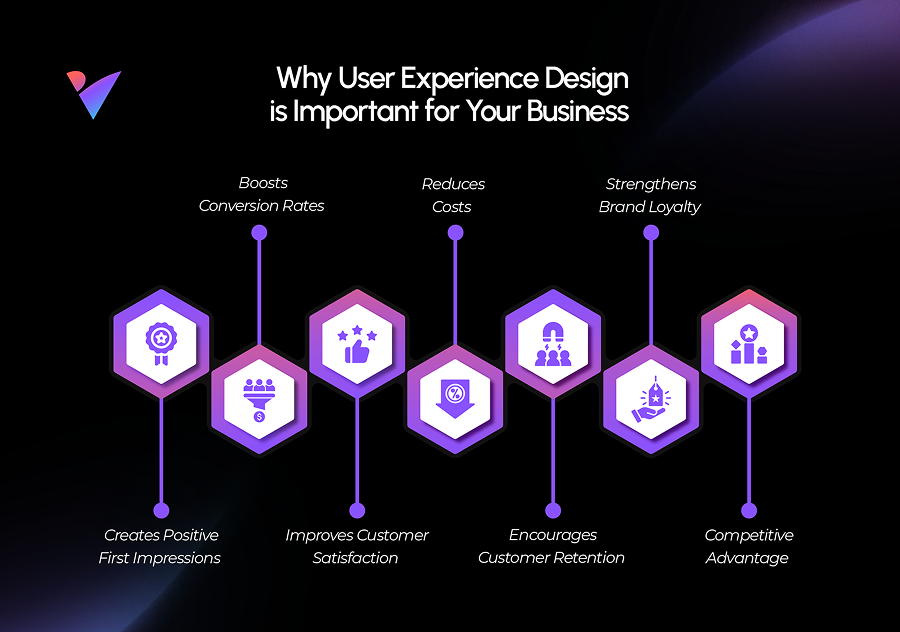Author name
March 27, 2024
Technology

In today’s digital economy, your customers expect more than just functionality—they expect a smooth, intuitive, and satisfying experience. User Experience Design (UX design) is the key to meeting these expectations and building lasting relationships with your audience.
Whether you're running a website, app, or software platform, delivering a great user experience can significantly impact your business performance, brand perception, and customer loyalty.
User Experience Design is the practice of designing digital products that are:
Aim to learn about user goals, behaviours, frustrations, and buying patterns. It focuses on the full journey users take—from their first interaction to their last—and ensures that each step is smooth and efficient. UX design includes user research, interface design, usability testing, prototyping, and continuous improvement.

User Experience (UX) design isn’t just about making things look nice—it’s about how your product or service feels to the user. A strong UX strategy impacts everything from first impressions to long-term loyalty. Below are seven distinct reasons why UX design is crucial for your business success:
User Experience Design is not a “nice-to-have”—it’s a strategic asset that affects every stage of your customer journey. From the first interaction to continued usage and loyalty, UX determines whether users become customers, and whether customers become advocates.
Investing in UX helps you:
In the digital age, User Experience Design is the bridge between business goals and customer needs. Companies that recognize and act on this will lead their industries—not just survive in them.
Discover how Sentiment Tracking can redefine your customer relationships, enhance decision-making, and position your brand at the forefront of success.